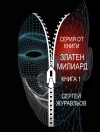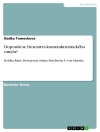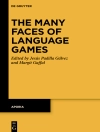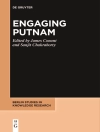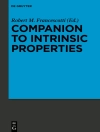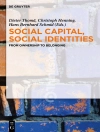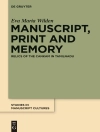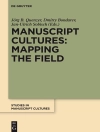This book brings together a team of international scholars to attempt to understand David Hume’s conception of the self. The standard interpretation is that he holds a no-self view: we are just bundles of conscious experiences, thoughts and emotions. There is nothing deeper to us, no core, no essence, no soul. In the Appendix to A Treatise of Human Nature, though, Hume admits to being dissatisfied with such an account and Part One of this book explores why this might be so. Part Two turns to Books 2 and 3 of the Treatise, where Hume moves away from the ‘fiction’ of a simple self, to the complex idea we have of our flesh and blood selves, those with emotional lives, practical goals, and social relations with others. In Part Three connections are traced between Hume and Madhyamaka Buddhism, Husserl and the phenomenological tradition, and contemporary cognitive science.
Spis treści
Part 1: The Self in Book 1 of the Treatise .- 1. How Sceptical is Hume’s Theory of Personal Identity?; Andrew Ward.- 2. Hume’s Bundle; Donald Ainslie.- 3. What I Call Myself; Galen Strawson.- 4. Hume and Kames on the Self and Personal Identity; Josef Moural.- Part 2: The Self in Books 2 and 3 of the Treatise .- 5. Character Development in Shaftesbury’s and Hume’s Approaches to Self; Ruth Boeker.- 6. Sympathy, Self and Others; Dan O’Brien.- 7. “Scottish Sympathy”: Hume, Smith, and Psychoanalysis; Louise Braddock.- 8. What is Humean Autonomy?; Anik Waldow.- 9. A Fragmented Unity: A Narrative Answer to the Problem of the Unity of the Self in Hume; Lorenzo Greco.- Part 3: Hume’s Self and Other Philosophical Traditions. – 10. Candrakīrti and Hume on the Self and the Person; Jay L. Garfield.- 11. Husserl (and Brentano) on Hume’s Notion of the Self; Hynek Janoušek.- 12. Disguising Change: Hume and Cognitive Science on the Continued Existence of Selves; Mark Collier.
O autorze
Dan O’Brien is Reader in Philosophy at Oxford Brookes University, UK, and founder and organizer of the Oxford Hume Forum. He has published on Hume, philosophy of mind, epistemology, teleology, gardening, Caravaggio and cubism; his books have been translated into Korean, Portuguese and Arabic (forthcoming).


